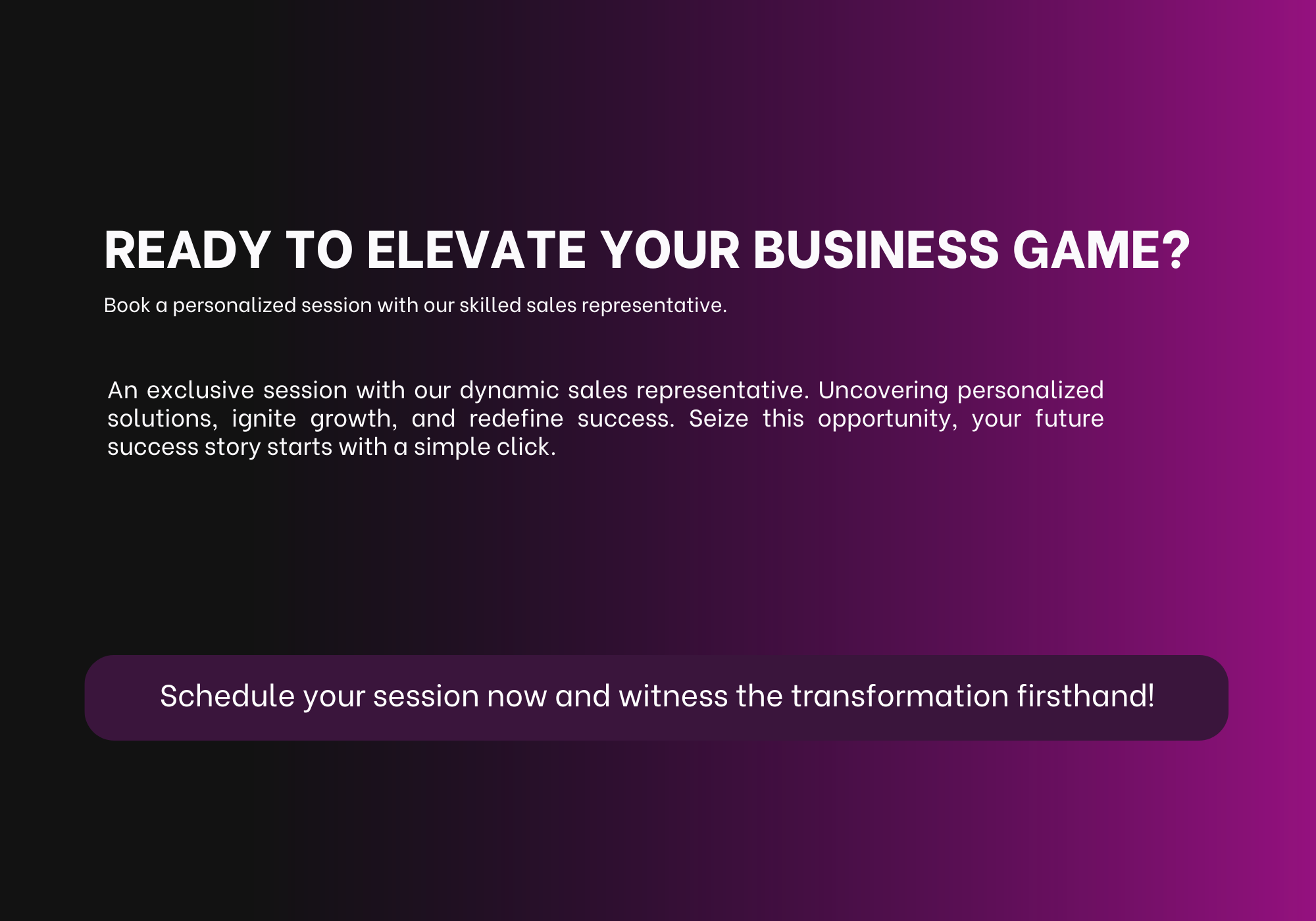Escapism marketing is the use of advertising strategies that encourage consumers to leave their monotonous issues behind and escape into a different, generally idealised world. It may be seen in a variety of forms, from very visual pieces that transport the viewer to a fantasy world to engrossing stories that allow consumers to live their lives eventually imagined through a brand’s message.
This concept is not new. Marketers have been drawing on the interest of fantasy, relaxation, and adventure for years in an effort to sell everything from vacations to luxury goods. However, as the digital era continues and consumer expectations change, the means by which marketers achieve escapism through their campaigns have grown more sophisticated.
Below are some of the reasons why escapism works in advertising:
- Emotional Connection: Escapism connects on a deep emotional level with consumers, speaking to their desire to escape reality. This connection can drive brand loyalty because customers feel a sense of relief and comfort when they connect with a brand that offers an escape.
- Better Brand Recall: Whenever brands provide escape to consumers, either through stunning visual imagery or by means of motionless narratives, they become meaningful. Escape generates, and the associated sense of magic remains with the consumer long after the advertisement itself has faded out.
- Improved Consumer Experience: By the delivery of Escape, brands can offer an improved customer experience that can lead to satisfaction and conversion.
Examples of Escapism in Marketing
- Travel and Tourism Campaigns: No type of escapism marketing is more clearly visible than that which exists in the travel and tourism industry. Television advertisements showing overseas hotspots, scenic views, and dangerous activities produce consumers’ power to psychically escape to where they’ve fantasised. Those advertisements take advantage of the fantasy holiday with freedom so individuals would imagine themselves in faraway places.
- Lifestyle and Luxury Brands: Luxury brands like Rolex, Mercedes-Benz, and Chanel often utilise escapism in an attempt to instill the sense of being exclusive, elegant, and untouched by the everyday. Their advertising brings about sensations of desire and an urge to escape into the luxury.
- Video Game Advertising: A great example of escapism advertising can be found in the video game world. Games are building whole worlds that are fascinating experiences for the gamers that serve as an escape from reality. The advertising is then employed to highlight the fictional worlds, characters, and adventures that people get to experience, creating a sense of wonder and anticipation.
- Streaming Services (Netflix, Disney+, etc.): Streaming services are great examples of escapism. Their marketing is all about the idea of binge-watching a show or losing oneself in a movie, providing an escape from the real world through endless entertainment. Ads are likely to emphasise the convenience and ease of having access to an entire universe of content at the viewer’s fingertips.
If you’re looking to implement escapism marketing into your own brand, here are some strategies to consider:
- Create Visually Compelling Content: Humans are drawn to beauty and wonder. Invest in good visual content that helps your audience leave the world and enter an imaginary one. Whatever gorgeous shots of the natural landscape or of virtual worlds, your visual component in the campaign must help users imagine they are getting away.
- Tell Great Stories: Create stories that help customers walk a mile in the shoes of your brand characters. If it’s an adventure, victory, or rejuvenation story, stories tend to portray emotion and offer something to look forward to.
- Offer Solutions to Widespread Issues: Show your customer how your brand can act as a solution to their biggest problems or causes of stress. For example, if your product helps individuals relax, emphasise the peace and stress freedom that it offers.
- Create Interactive or Fascinating Experiences: Consider using augmented reality (AR), virtual reality (VR), or gameful thinking in a way that provides an experience to your customers. These can allow them to engage with a world that’s directly linked to your brand.
So, if you wish to grasp the attention of your consumers, consider how escapism can feature in your upcoming campaign. Via amazing photographs, attracting stories, or interactions, creating an area for buyers to escape from reality for some time may prove to be the most important thing to establish a stronger and more committed consumer audience.


